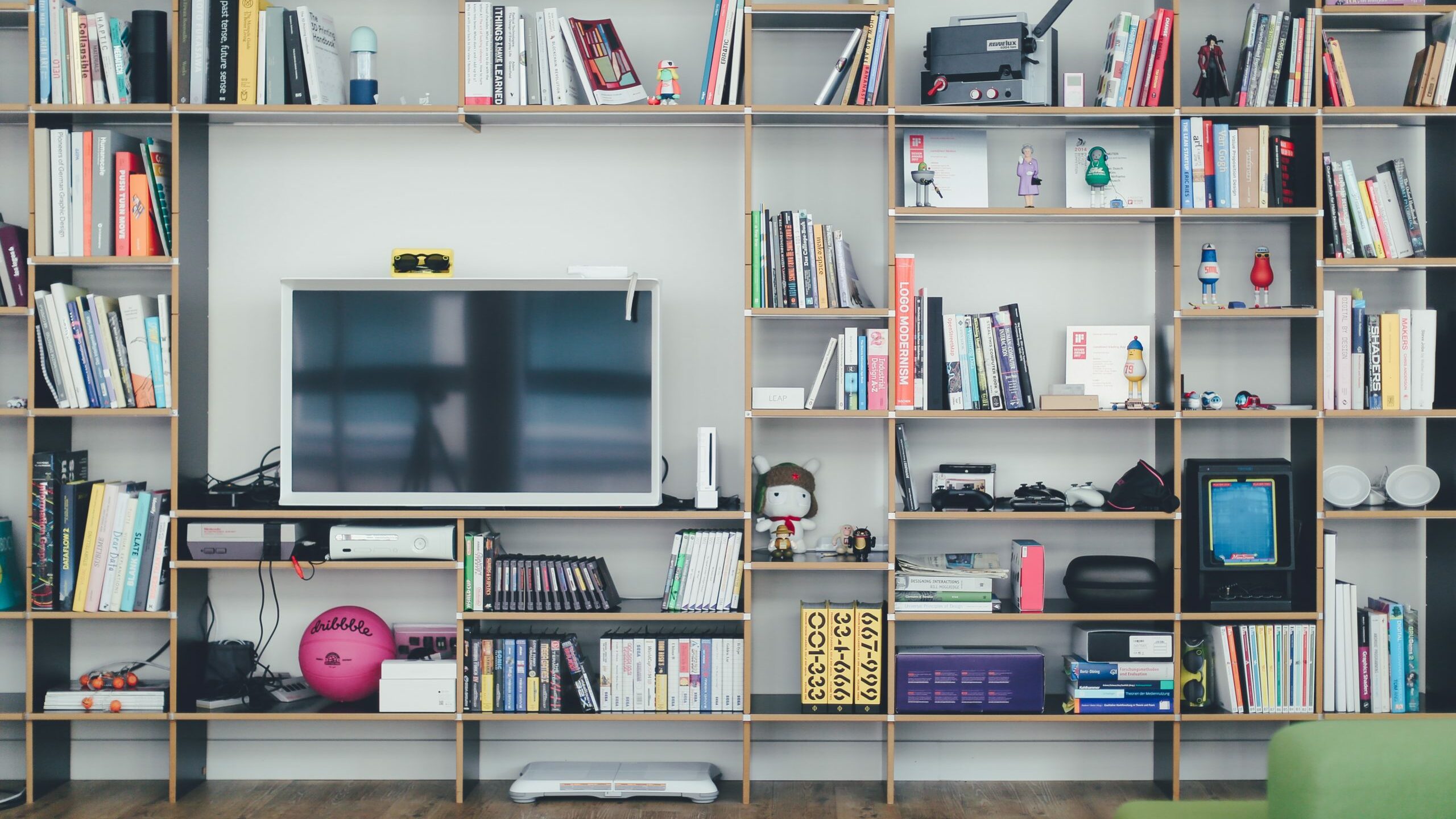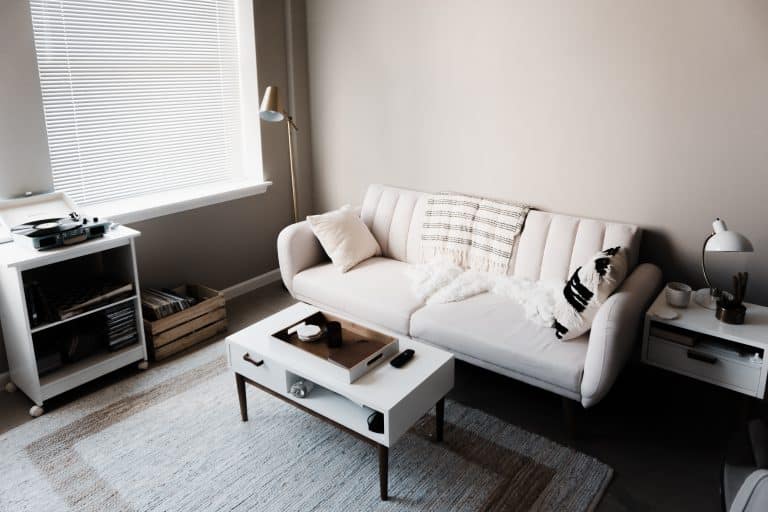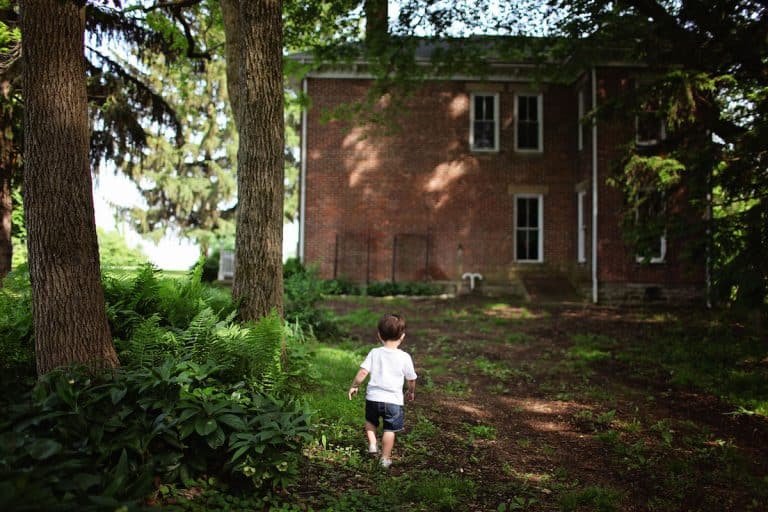The secret to a low-stress moving day? Decluttering your home—and your life!—before you move.
Think about it: the less stuff you have to move, the less trouble it’ll be to move it. The good news? You don’t need to commit to a minimalist aesthetic to reap the benefits of decluttering.
Taking stock of your possessions and purging stuff you no longer want or need frees up space in your life, literally and figuratively. Paring down your possessions before you move will make unpacking in your new home easier. Plus, decluttering before moving day means not spending extra money moving boxes full of useless things.
If you’re moving into your very first home, bringing just the stuff you really use and treasure can help you start your new life as a homeowner in a tranquil and tidy state, instead of buried under piles of useless junk.
And even if it’s not your first rodeo, remember: clean and clutter-free homes look roomier and more attractive to potential buyers.
Make a Plan

Before you start tossing things into trash bags, it helps to think about your specific decluttering goals. A pair of recent retirees downsizing to condo half the size of their current house will have a different set of decluttering priorities than a young couple moving because there’s a baby on the way.
How you decide what to keep and what to get rid of is up to you. There are a number of different approaches you can take to help you determine whether or not something is worth keeping. William Morris suggested not keeping anything you do not know to be useful or believe to be beautiful. Mari Kondo suggests ditching anything in your home that does not spark joy. A simple do I really need and want to bring this to my next home? could be enough.
However you decide to determine which your current possessions are worth keeping, you’ll want to make a plan for how to get rid of the things you don’t want to keep. We’re fans of a three-pronged approach: Things to Keep, Things to Toss, and Things to Sell/Donate/Give Away.
Set a specific plan for following through on getting rid of items that are still potentially useful but that you no longer want to own. If you’re planning to donate items, pick a charity and set a date for bringing in your donation. Take photos and list items you want to sell right away, or put a date on the calendar for a garage sale. Whatever you do, you don’t want to pack boxes of ‘stuff I want to sell or repair later’ or ‘things I meant to take to Goodwill but forgot about’.
Start Early

Technically, of course, you don’t even need to be planning to move to start decluttering your space. Decluttering is a project anyone can tackle at basically any time. But if you know you’re buying a home and moving in the not-so-distant future, then it’s best to get the decluttering ball rolling sooner, rather than later.
Break the decluttering project down into smaller, more manageable tasks, and space them out over weeks or even a few months. A few hours every couple of days for targeted decluttering should yield great results. And making decisions about what to keep and what to get rid of for a few hours at a time will be much more manageable than a look at everything I own and decide whether I want to bring it with me to my next home and also pack it week marathon before moving day.
Think Big

Remember, the less stuff you have to move, the less money you’ll need to pay to move it. And the biggest, bulkiest, most expensive stuff to move is your furniture. If you’re moving into a smaller home, you’ll almost definitely need to be strategic about which pieces of furniture you want to bring with you: there’s no sense in moving three beds if you’ll only have room for two, or in bringing the formal dining room set if there’s nowhere in your new home to put it.
Even if you’re moving to a bigger space, you may find that you don’t want to bring all of the furniture you’re currently using. That warped particleboard bookshelf that looks like it’s about to fall apart? That sofa with the spring sticking out of the cushion? Maybe it’s time to bid them adieu. Remember: there are IKEAs all over this great country of ours. Replacing furniture costs money, but it may cost less money than moving furniture.
One (Kind of) Thing at a Time

Not sure exactly where to begin? When you’re deciding what to keep and what to get rid of, it helps to evaluate like things together. So if you can, try to sort your possessions by category, and not just by room. Evaluating all of the things you own in a particular category at the same time should make it easier to focus and make good decisions about what you really want to keep. If most of your sporting equipment lives in the garage but some of it is in the hall closet, try to gather it all together for sorting and packing.
If you’re having trouble deciding where to begin, sorting through your books is a good starting point: books are heavy, but they’re easy to pack. And one can only read so many books at once, so you probably won’t miss most of your book collection too terribly if you pack them first.
Other categories of possessions to consider for decluttering: dishes, small appliances, lawn gear, tools, linens, medicines and first aid gear, holiday decor, art supplies, old electronics, clothing, toys, and keepsakes. Your list of potential categories will depend on what kinds of stuff you tend to hold onto, of course. But if you break your decluttering project into specific categories, you’ll have an easier time making decisions.
When All Else Fails

If you really, truly, can’t bring yourself to part with something just yet—or if you’re on the fence about whether you’ll need a particular item at some point down the road—you can set aside a box of items I’m not yet ready to ditch. Do yourself a favor, and try to keep this box as small as possible—it costs money to move that box, after all, and it’ll take up space in your new home once you get there.
One you arrive in your new home with your box of items in decluttering purgatory, keep the box away and out of sight for some set period of time. Then, wait to see if you find you need something in that box during the time frame you’ve chosen. If do you need the item, then you’re in luck! Go ahead and fish it out of the box. Otherwise, if you make it six months or a year or however long without getting anything out, you’ll know that you can happily live without the items in box. Then, you’ll know it’s time to let them go.
Trying to stay sane and organized when your whole life is in boxes is no easy feat. But decluttering your life now before you move will make your next house a more pleasant a place to call home. (Need a mortgage to help make that next move a reality? We’re ready when you are.)







